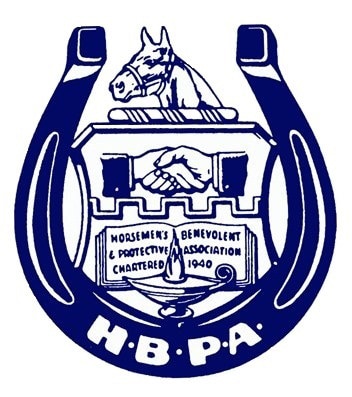RMTC Cites Progress, Adds Drugs to Schedule
Blood-Horse
The Racing Medication and Testing Consortium, which met Oct. 13, cited progress in state-by-state adoption of components of the National Uniform Medication Program and also added four drugs to the Controlled Therapeutic Substances Schedule.
The uniform medication program calls for adoption of the therapeutic medication schedule; administration of furosemide, also called Lasix or Salix, by regulator or third-party veterinarians; laboratory accreditation through the RMTC; and adoption of the multiple medication violation penalty system. The program is rooted in efforts that began in the Mid-Atlantic region more than two years ago.
RMTC executive director Dr. Dionne Benson said 17 racing states have adopted both the Controlled Therapeutic Substances Schedule and policies for third-party administration of Lasix. She said 27 states now use labs that are RMTC-accredited, and that 12 states have adopted the MMV penalty system for drug violations.
Benson also said Florida, Illinois, and Louisiana are actively working to implement the National Uniform Medication Program. The Association of Racing Commissioners International, which works with the RMTC to write and adopt model rules, has created three committees that are working with jurisdictions that have been slow to move on the program.
“The RMTC staff is working cooperatively with multiple industry organizations to achieve full implementation of the National Uniform Medication Program,” RMTC chairman Alex Waldrop, also president and chief executive officer of the National Thoroughbred Racing Association, said in a release. “Eleven states have now adopted the program in its entirety, and almost every other major racing jurisdiction is now in the process of approving some or all of the program.
“While there remains much work to be done, the RMTC board is encouraged by the fact that a steadily increasing number of states are embracing these all-important reforms.”
The Controlled Therapeutic Substances Schedule of 26 medications commonly used to treat racehorses—only Lasix is permitted on race day—was designed to be a “living document,” officials have said, to allow for the addition of drugs depending on research and the setting of testing threshold levels. The RMTC board voted to add ranitidine and cimetidine, two anti-ulcer medications; cetirizine, an antihistamine; and guaifensin, an expectorant, to the list.
The RMTC said the Kentucky Equine Drug Research Council worked with the UC-Davis Kenneth L. Maddy Equine Analytical Chemistry Laboratory to perform the research on the four substances. The recommendation now goes to ARCI for consideration.
Dr. Jeff Blea, past president of the American Association of Equine Practitioners, said the organization “requested the addition of these particular medications to allow practitioners to maintain a high standard of care in a regulatory environment, and it’s gratifying to witness the industry synergistically working together to accomplish what is best for the horse and for racing.”
The RMTC, a group of 23 industry stakeholders, also granted interim accreditation to the Texas Veterinary Medical Diagnostic Laboratory at Texas A&M University, which provides testing for the Texas Racing Commission. It is the seventh lab to have at least completed the first round of an external quality assurance review.
Dr. Glenn Blodgett, president of the American Quarter Horse Association, said the development is important given the prominence of Quarter Horse racing in Texas.
The RMTC has introduced an updated website (rmtcnet.com) designed to make it easier to find information about the National Uniform Medication Program, including the research projects that support the program.





